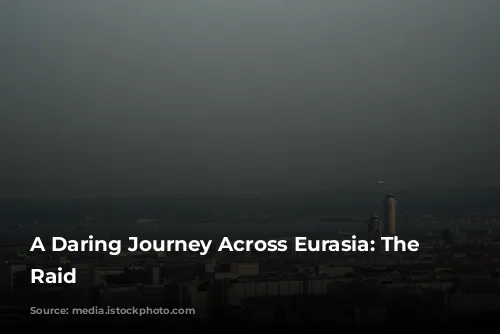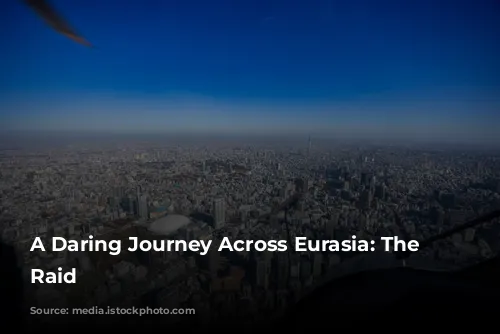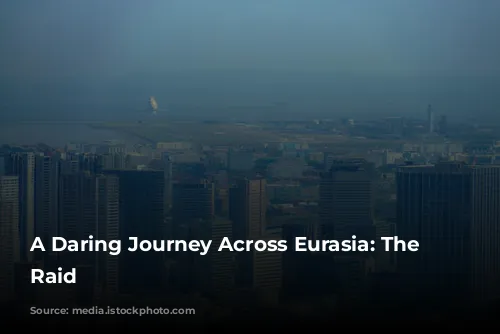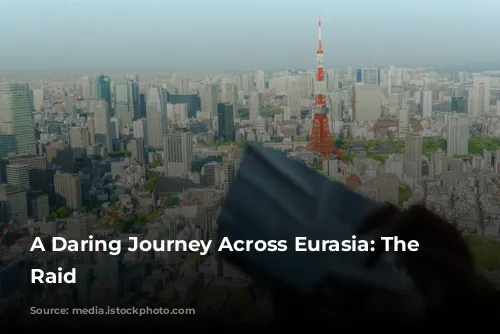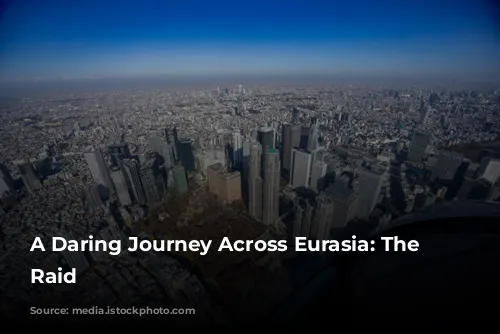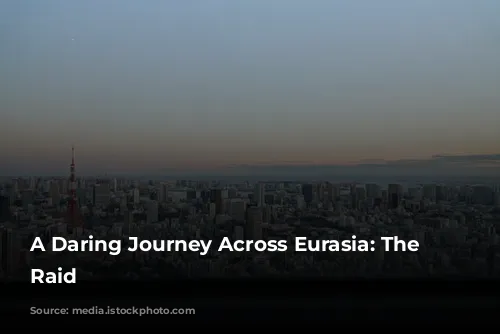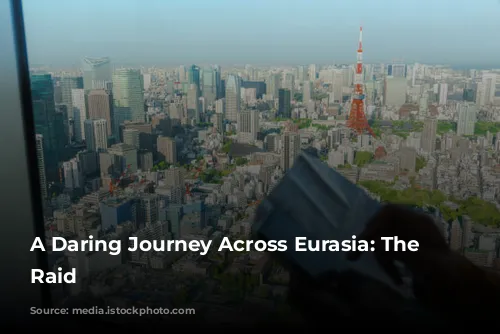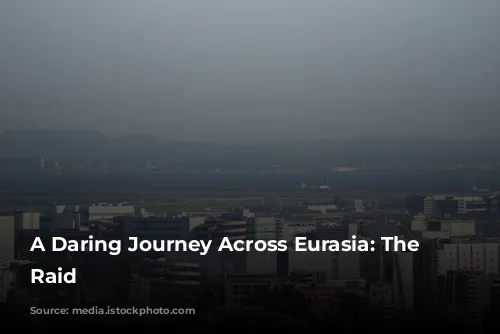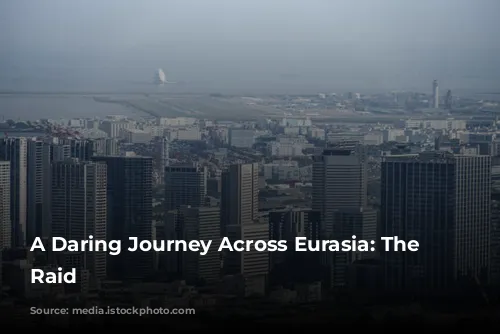In 1920, a bold adventure unfolded, defying the limitations of distance and technology. The Rome-Tokyo Raid, a daring aerial expedition across the vast expanse of Eurasia, marked a pivotal moment in aviation history. This incredible journey was conceived by the Italian poet and war hero, Gabriele D’Annunzio, and Japanese poet Harukichi Shimoi.
The Quest for Glory:
D’Annunzio, famous for his daring “Flight over Vienna” during World War I, envisioned a transcontinental journey that would solidify Italy’s place on the world stage. This was a feat never accomplished before, and D’Annunzio, eager to prove his courage and ingenuity, sought to lead the expedition himself. However, his attention was diverted by the “Fiume adventure,” leaving the task of realizing this dream to his fellow aviators.
A Team of Brave Aviators:
Eleven aircraft, each with a crew of two, were assembled for the Rome-Tokyo Raid. Guido Masiero and Arturo Ferrarin, accompanied by their engineers Roberto Maretto and Gino Capannini, stood out amongst the intrepid pilots. They embarked on the mission, determined to conquer the skies.
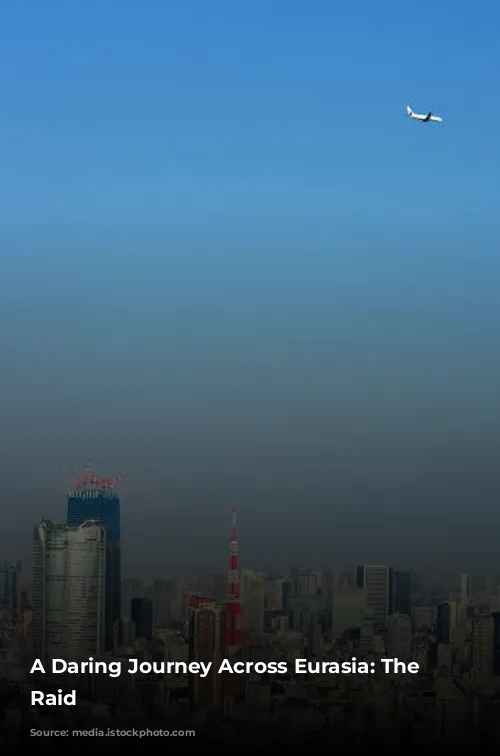
Overcoming Challenges and Facing Adversity
The Journey Begins:
On February 14, 1920, Ferrarin and Masiero took off from Centocelle airport in Rome. The journey began with a few initial stops, encountering technical difficulties and logistical hurdles. They navigated through war-torn regions, landing in Vlora, Albania, and Thessaloniki, Greece, where the Italian troops were still present.
A Test of Will:
As they continued their journey, the aviators encountered a series of challenges. They had to contend with technical breakdowns, uncharted landscapes, and political turmoil. One of the most daunting obstacles was the political climate in the Middle East. In Baghdad, Ferrarin landed on a soccer field, while in Bandar Abbas, he battled engine problems and harsh weather conditions.
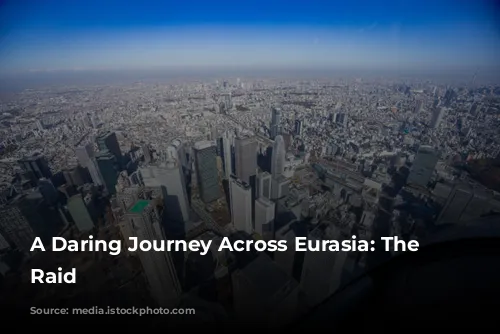
A Test of Courage and Resilience
Through Adversity:
Undeterred, the intrepid aviators persevered, drawing strength from their determination to reach their destination. They faced hostility from local rebels, but their ingenuity and quick thinking helped them to overcome these obstacles. When Ferrarin landed in a village controlled by rebels, he cleverly used the Italian flag to his advantage, pretending it was a flag of a British enemy.
Reaching India and Beyond:
After reaching Karachi, Ferrarin and Masiero flew to Delhi, making several stops along the way. They faced a significant setback when Ferrarin’s plane was damaged by careless local staff. Despite these setbacks, they continued their journey, reaching Yangon, the last staging post under British control.
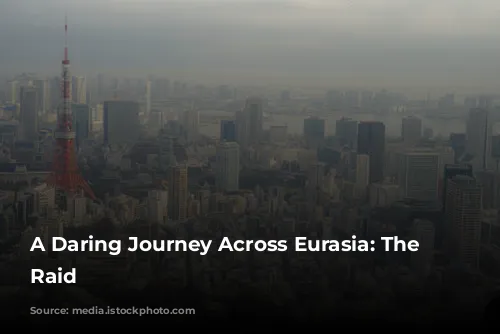
A Triumph Over Distance and Danger
The Final Leg:
The final leg of the journey was as challenging as the previous ones. Ferrarin landed on a small island in the South China Sea and near Macao, before reaching Guangzhou, Fuzhou, and Shanghai. He was warmly welcomed by the Japanese authorities in Qingdao, where he was promised a golden samurai katana and a place for his plane in a Tokyo museum.
Reaching the Japanese Capital:
From Qingdao, Ferrarin traveled to Beijing, where he was honored by the local population, before continuing to Seoul, Korea, and Daegu, his last stop on mainland soil. He was forced to take a longer and more northern route due to restrictions imposed by the Japanese authorities.
A Hero’s Welcome:
Finally, on May 30, 1920, Ferrarin landed in Osaka, greeted by enthusiastic crowds. His final destination, Tokyo, was just a short flight away. Upon arriving in the Japanese capital, he was met by the royal prince Hirohito and Empress Teimei.
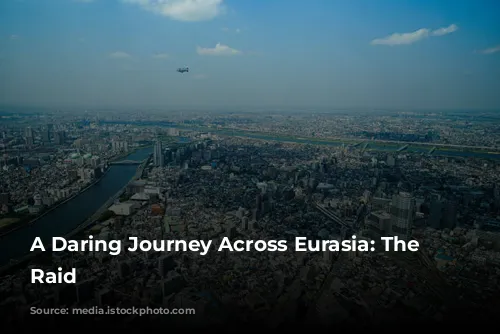
A Legacy of Courage and Determination
The Rome-Tokyo Raid: A Testament to Human Spirit:
The Rome-Tokyo Raid was a remarkable feat of courage, resilience, and technical innovation. Though only Ferrarin and Masiero successfully completed the journey, their achievement inspired the world. The raid demonstrated the power of human ambition and the potential of aviation to connect the world.
Legacy of the Raid:
The raid was commemorated in 2020, the centenary of the event, with special events and a documentary. Though initially met with criticism due to its expense and lack of organization, the Rome-Tokyo Raid stands as a testament to human ambition and the spirit of adventure.
The Rome-Tokyo Raid continues to fascinate people today, a story of extraordinary courage and determination. It serves as a reminder that even in the face of adversity, the human spirit can achieve the seemingly impossible.
